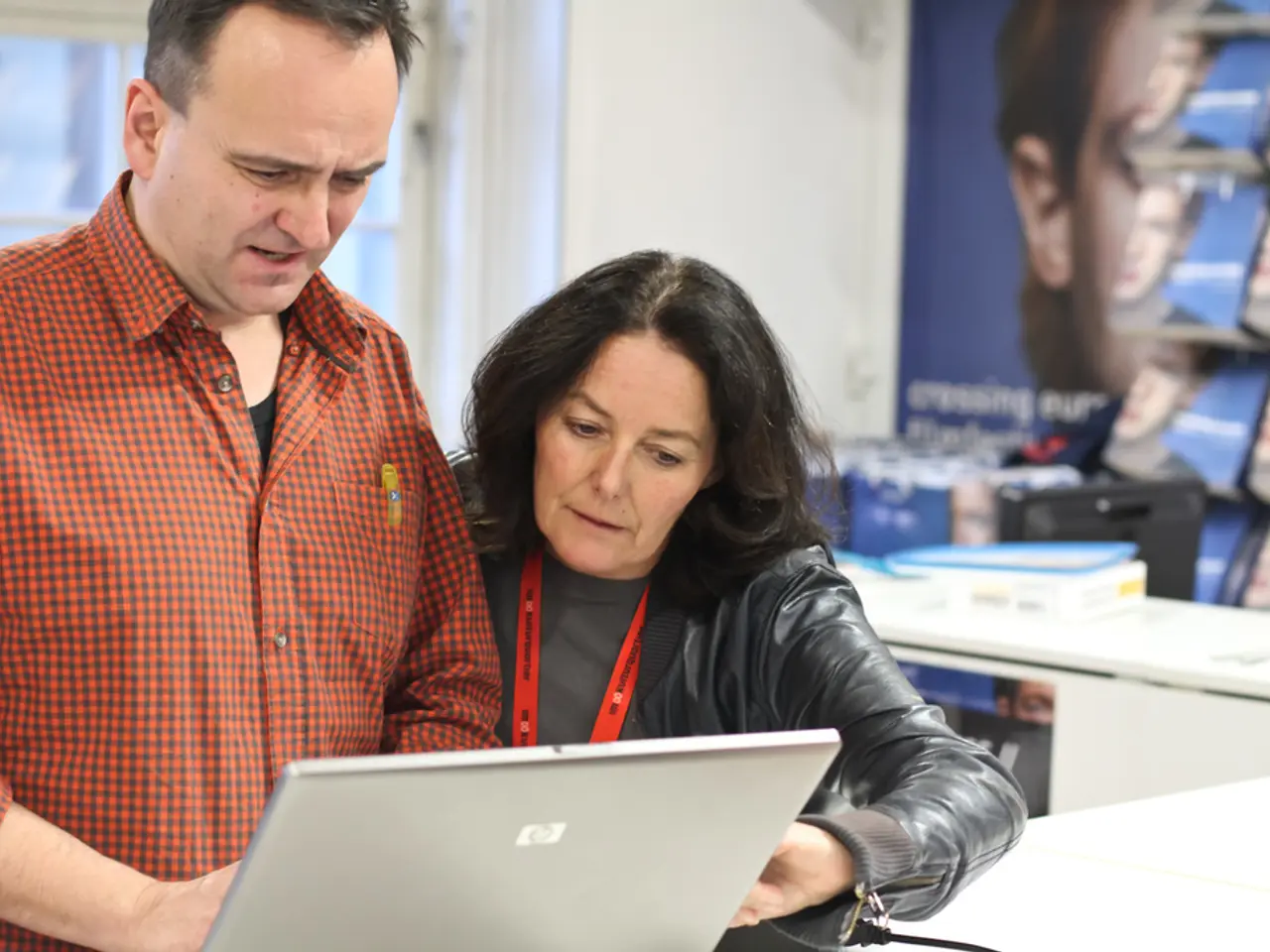Identity Verification's Liveness Detection: Exploring Authenticity Assurance Techniques
In the digital age, ensuring the security and authenticity of online transactions is paramount. One technology that is making significant strides in this area is liveness detection, a security feature that strengthens biometric authentication systems. By adding an extra layer of protection, liveness detection ensures that the individual is physically present during authentication, thereby preventing identity fraud and spoofing.
Liveness detection methods can be categorised into two main types: active and passive. Active liveness detection requires users to perform specific actions or respond to prompts during the verification process, such as blinking or head movements. On the other hand, passive liveness detection verifies a user's presence without requiring any active participation. Instead, it analyses subtle cues like micro-expressions, natural blinking, skin texture, or light reflections.
Passive liveness detection offers a seamless and non-intrusive user experience while maintaining strong security. For instance, single-frame image analysis uses a single selfie or still image to detect subtle cues such as skin texture, lighting variations, facial depth, and reflections in the eyes that indicate a live person rather than a spoof or synthetic image. Advanced algorithms also analyse 3D depth cues, micro-texture differences on skin, and natural lighting effects that are difficult to replicate in masks, photos, or screen replays.
Machine learning and computer vision techniques are integral to passive liveness detection, identifying signs of common spoof attacks including deepfakes, 3D masks, printed photos, morphing, and face swapping by detecting inconsistencies and unnatural artifacts. Some systems even enhance accuracy by fusing multiple biometric modalities—face, voice, and document verification—to assess liveness across various channels simultaneously.
The growing use of digital tools in industries like banking, healthcare, and e-commerce has transformed how we verify our identities and meet Know Your Customer (KYC) requirements. Liveness detection helps businesses meet compliance and data protection standards, including GDPR, PSD2, and various Anti-Money Laundering laws.
In 2023, online fraud cost Americans an estimated $43 billion and impacted around 15 million people, with a large share coming from scams powered by AI-generated content. Passive liveness detection minimises the risk of data breaches and addresses privacy concerns by processing biometric data on the user's device, thereby maintaining transparency and user control.
In conclusion, passive liveness detection methods use various techniques to confirm genuine human presence without compromising user experience. These methods include single-frame image analysis, AI-powered facial texture and 3D depth analysis, anti-spoofing algorithms, multi-biometric fusion, and optical flow analysis. By detecting subtle traits of life, such as blinking, facial movement, or voice variation, passive liveness detection makes it harder for bad actors to use spoofed content to gain access. As digital transactions continue to dominate our lives, the importance of technologies like passive liveness detection will only grow.
- In the realm of personal-finance and business, liveness detection plays a crucial role in ensuring security and authenticity, particularly in industries like banking, healthcare, and e-commerce.
- Passive liveness detection, a type of verification technique, offers a seamless and non-intrusive user experience while maintaining strong security, using methods like single-frame image analysis and AI-powered facial texture analysis.
- Machine learning and computer vision are fundamental to passive liveness detection, identifying signs of common spoof attacks such as deepfakes, 3D masks, and face swapping, by detecting inconsistencies and unnatural artifacts.
- By processing biometric data on the user's device, passive liveness detection minimizes the risk of data breaches, addresses privacy concerns, and maintains transparency, thus playing a significant role in meeting compliance and data protection standards like GDPR, PSD2, and various Anti-Money Laundering laws.




